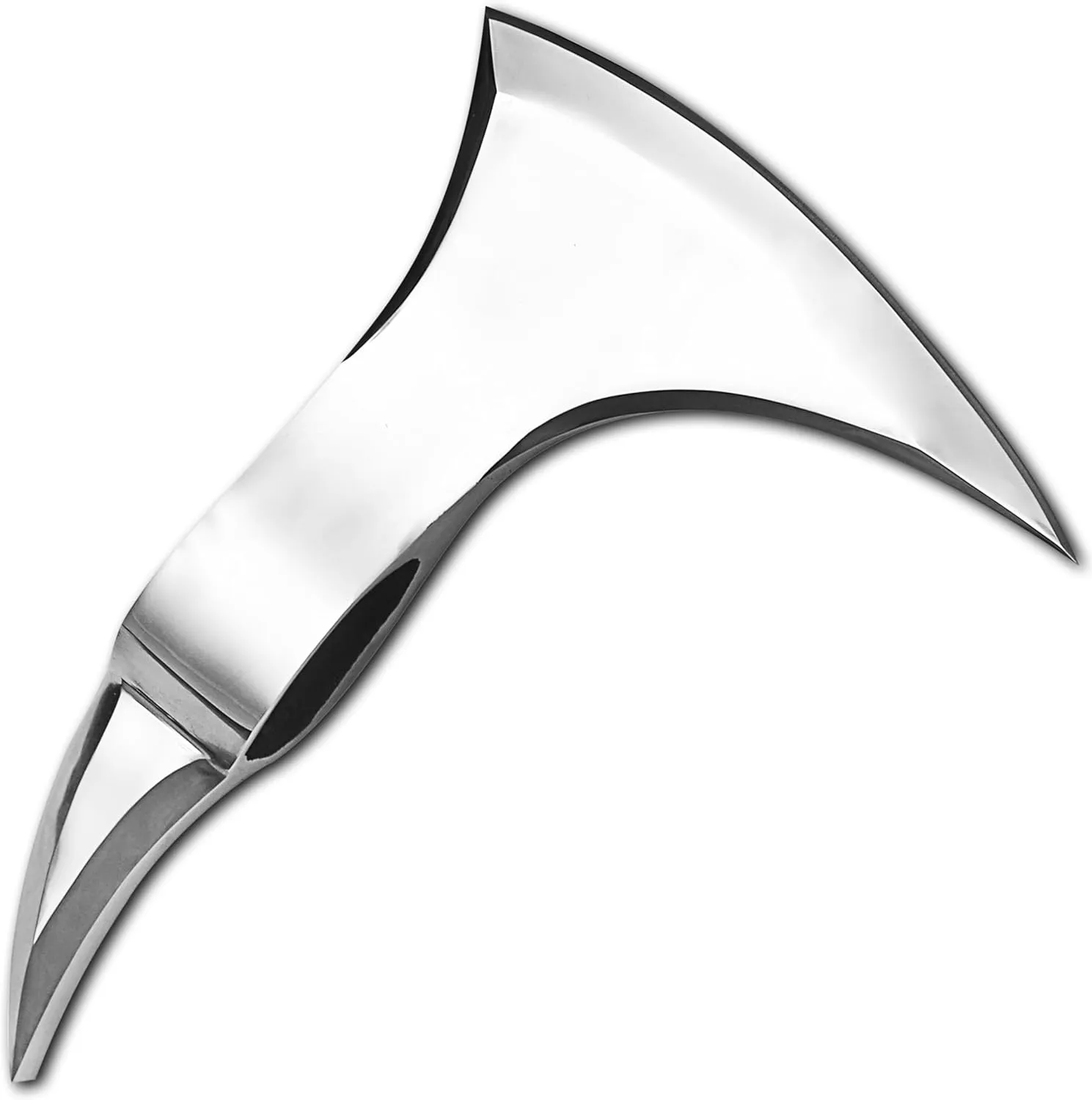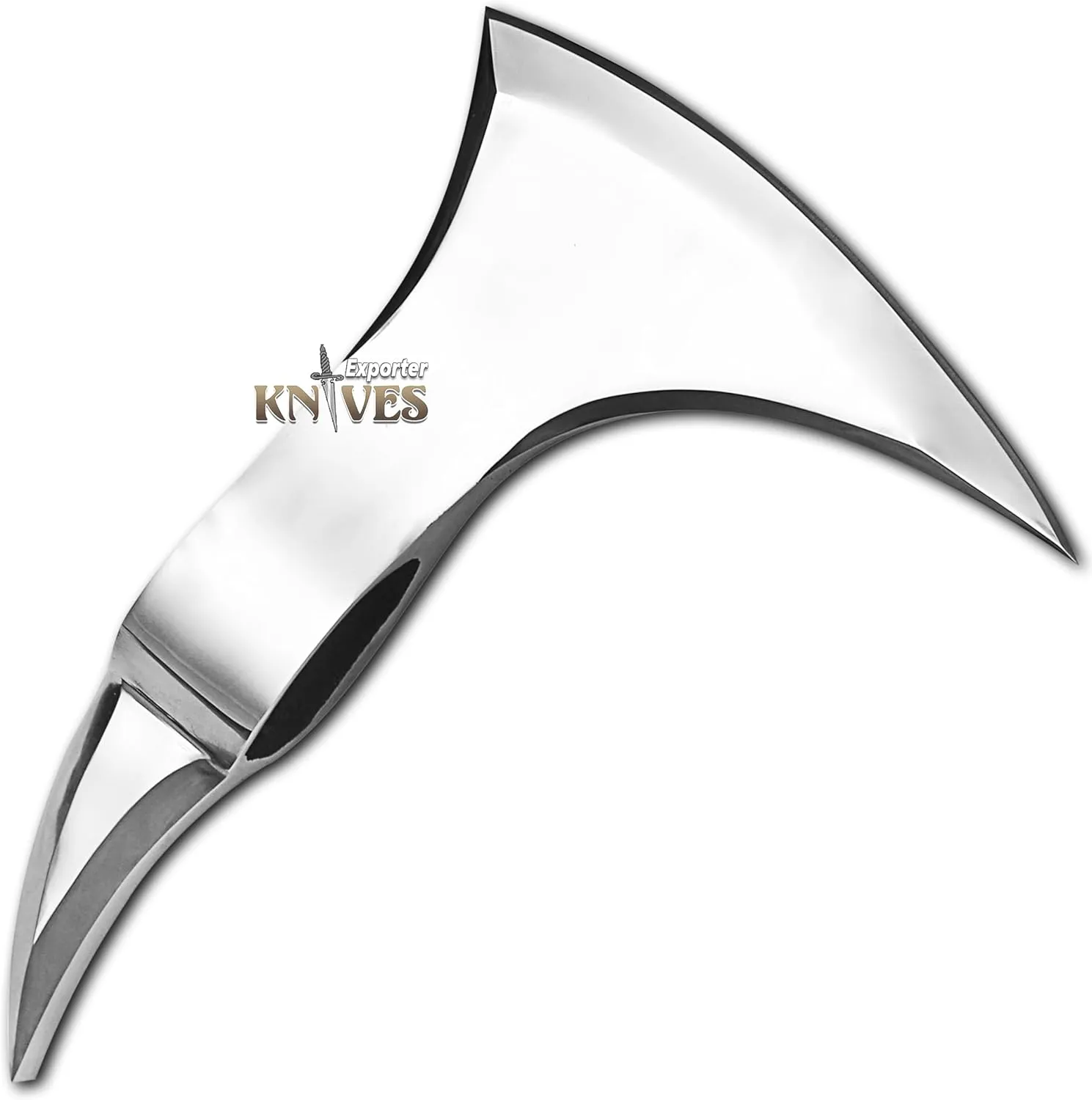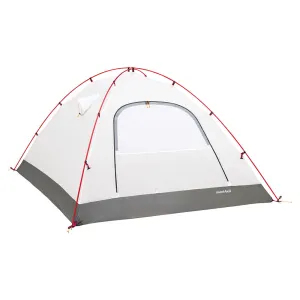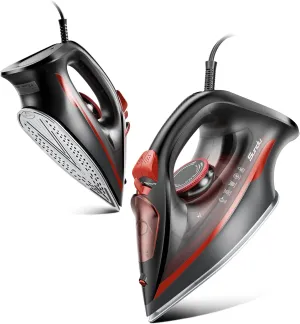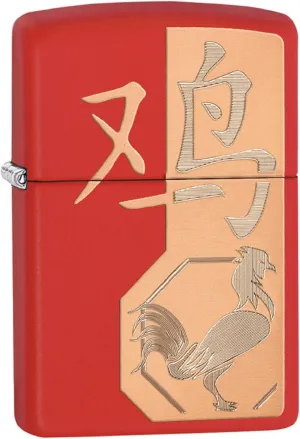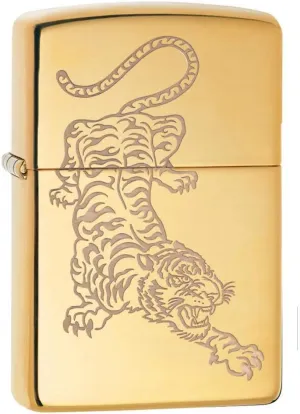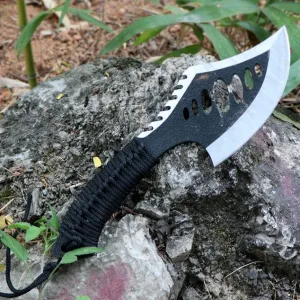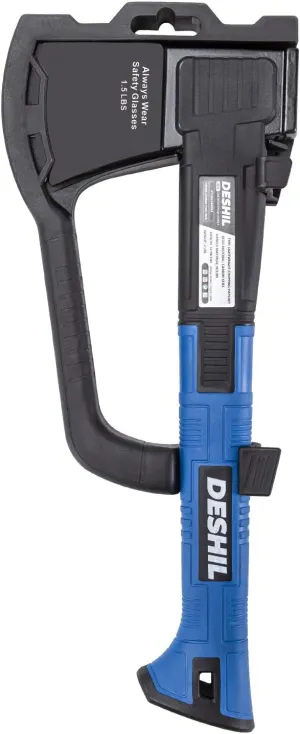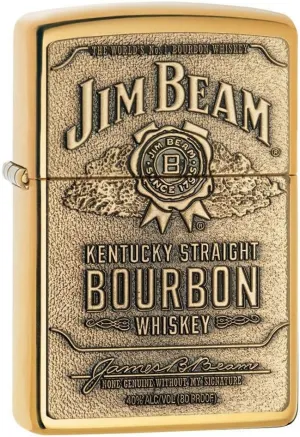- Material: Typically made from high-carbon steel for durability and sharpness retention.
- Shape: Wedge-shaped with a sharp cutting edge (bit) and a flat poll (back end).
- Eye: Hole through which the handle (haft) is inserted and secured.
- Cheeks: Sides of the axe head that provide structural support.
- Finish: Often polished for aesthetics or coated for corrosion resistance.
- Usage: Designed for chopping wood, forestry work, camping, and historical reenactments.
- Manufacturing: Includes forging, heat treatment, grinding, and quality control processes.
Axe Head Carbon Steel Axe Head Hatchet Head Viking axe head real viking axe head bushcraft axe head bearded axe head CSH-05 Overall Size 8 Inch length 5 Inch Blade cutting Edge Approximately weight 600 Grams Material: High-carbon steel, chosen for its strength, durability, and edge retention properties. Manufacturing Process: Material Preparation: Raw steel billets are selected based on stringent quality standards to ensure consistent metallurgical properties. Billets are heated to a forging temperature in a controlled environment to enhance workability. Forging: Skilled smiths forge the heated billets using drop forging or power hammer techniques. The forging process shapes the axe head to precise dimensions, including the bit (cutting edge), cheeks (side profiles), poll (hammering end), and eye (handle insertion hole). Heat Treatment: Forged axe heads undergo heat treatment to achieve optimal hardness and toughness. Heating to a critical temperature followed by quenching in oil or water rapidly cools the metal to harden it. Tempering at a specific temperature reduces hardness slightly to improve toughness and prevent brittleness. Grinding and Finishing: Post-heat treatment, axe heads are ground to refine the cutting edge and remove any forging marks. Surfaces are polished to enhance appearance and provide corrosion resistance. Optional coatings like lacquer or oil may be applied to protect against rust. Quality Control: Throughout production, rigorous quality checks ensure dimensional accuracy, metallurgical integrity, and surface finish. Inspections include hardness testing, dimensional measurements, and visual checks for defects. Packaging and Distribution: Finished axe heads are carefully packaged to prevent damage during shipping and storage. They are distributed to retailers, wholesalers, or directly to consumers through various channels. Applications: Carbon steel axe heads are ideal for woodworking, forestry, camping, and historical reenactments. They offer superior cutting performance, durability, and aesthetic appeal, making them popular among outdoor enthusiasts and professionals alike.

